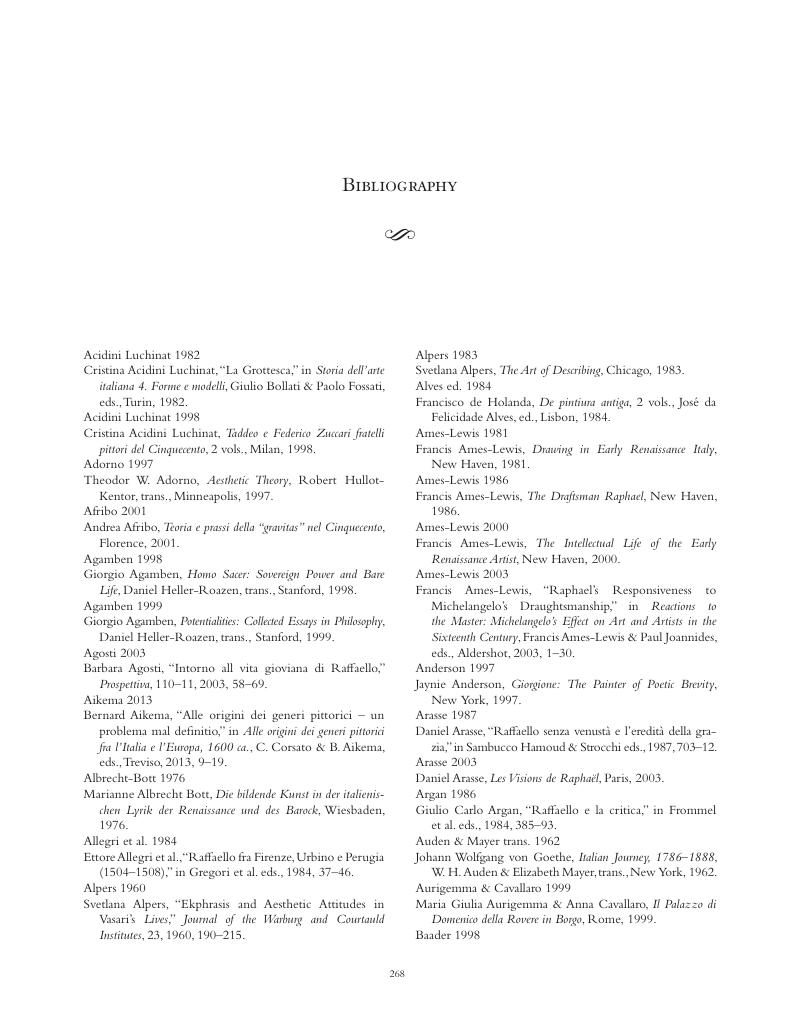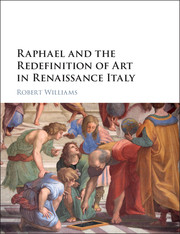Book contents
- Raphael and the Redefinition of Art in Renaissance Italy
- Raphael and the Redefinition of Art in Renaissance Italy
- Copyright page
- Dedication
- Contents
- Figures
- Introduction
- 1 Universa Pingendi Ratio
- 2 The Systematicity of Representation
- 3 The Rationalization of Labor
- Conclusion
- Bibliography
- Index
- References
Bibliography
Published online by Cambridge University Press: 11 May 2017
- Raphael and the Redefinition of Art in Renaissance Italy
- Raphael and the Redefinition of Art in Renaissance Italy
- Copyright page
- Dedication
- Contents
- Figures
- Introduction
- 1 Universa Pingendi Ratio
- 2 The Systematicity of Representation
- 3 The Rationalization of Labor
- Conclusion
- Bibliography
- Index
- References
Summary

- Type
- Chapter
- Information
- Raphael and the Redefinition of Art in Renaissance Italy , pp. 268 - 298Publisher: Cambridge University PressPrint publication year: 2017



